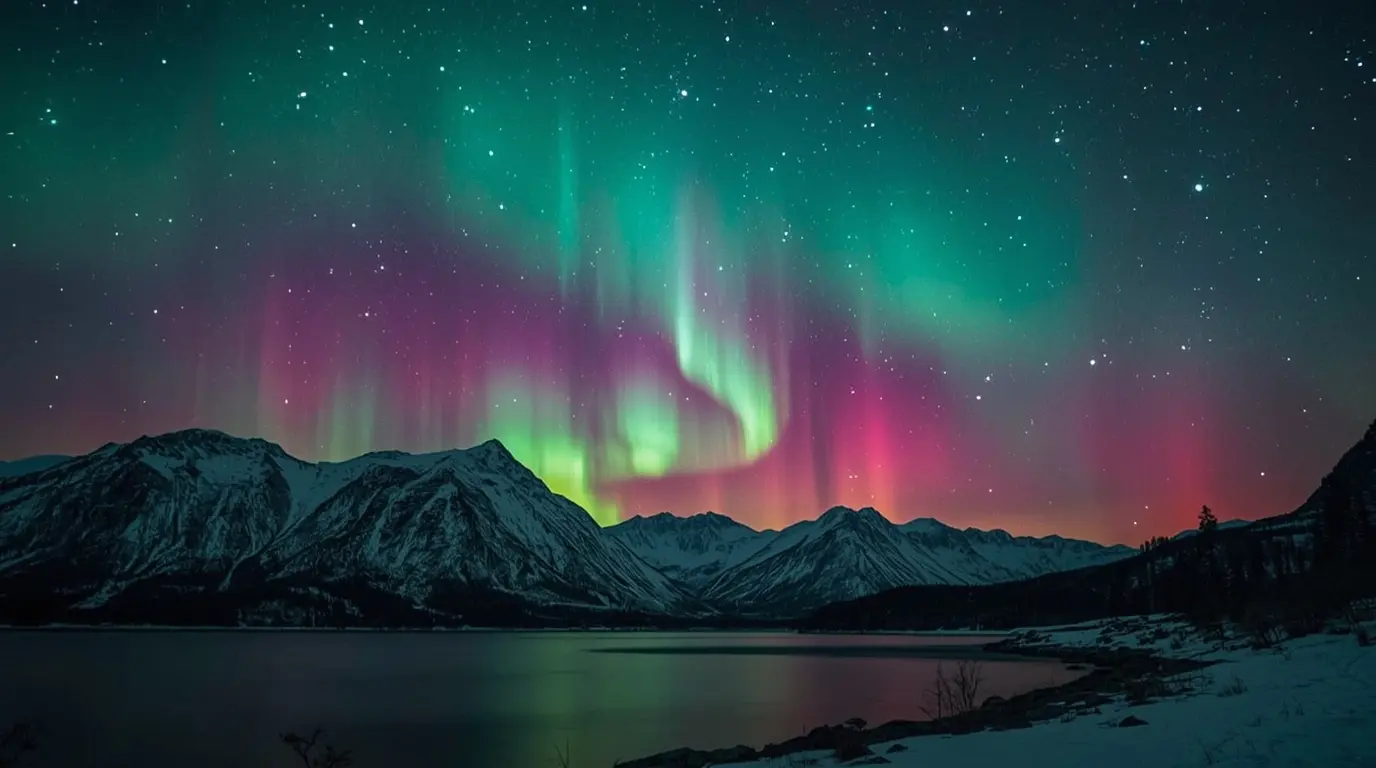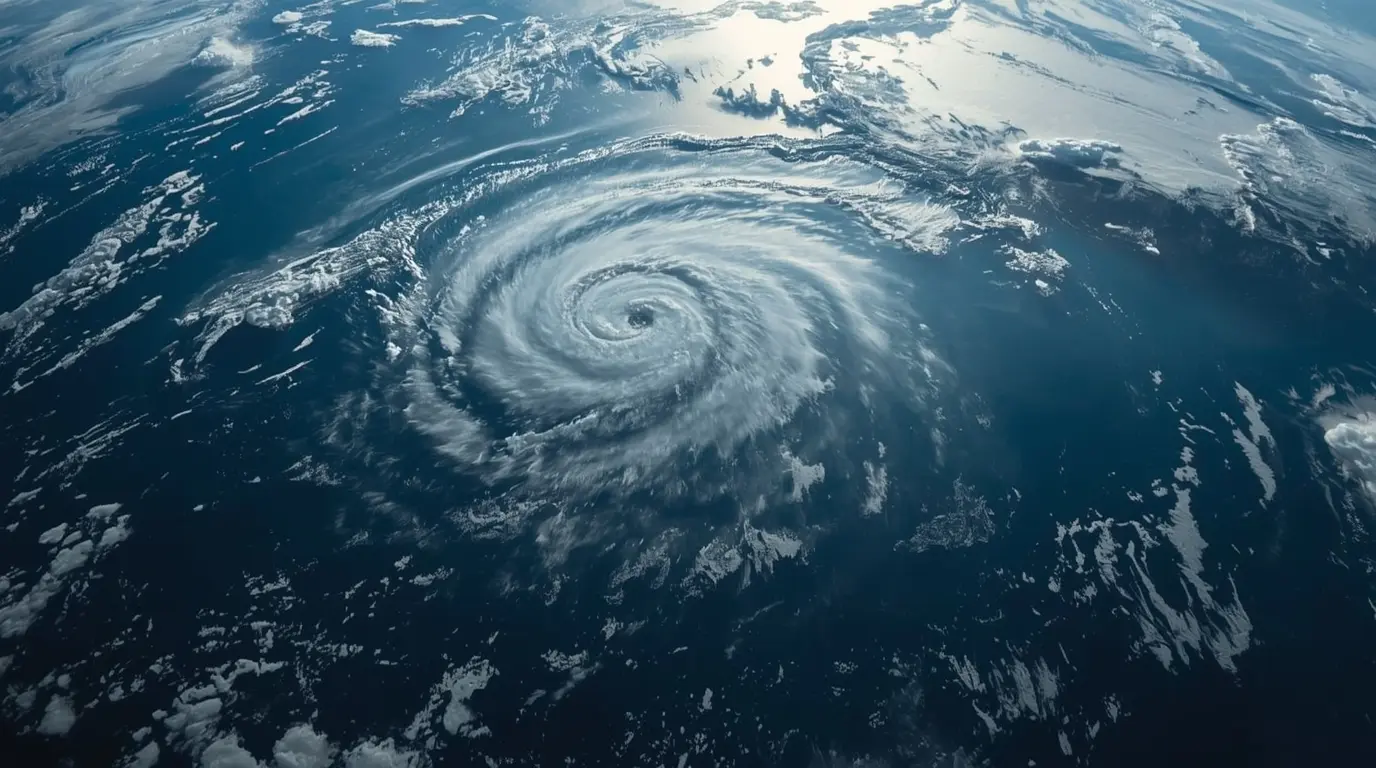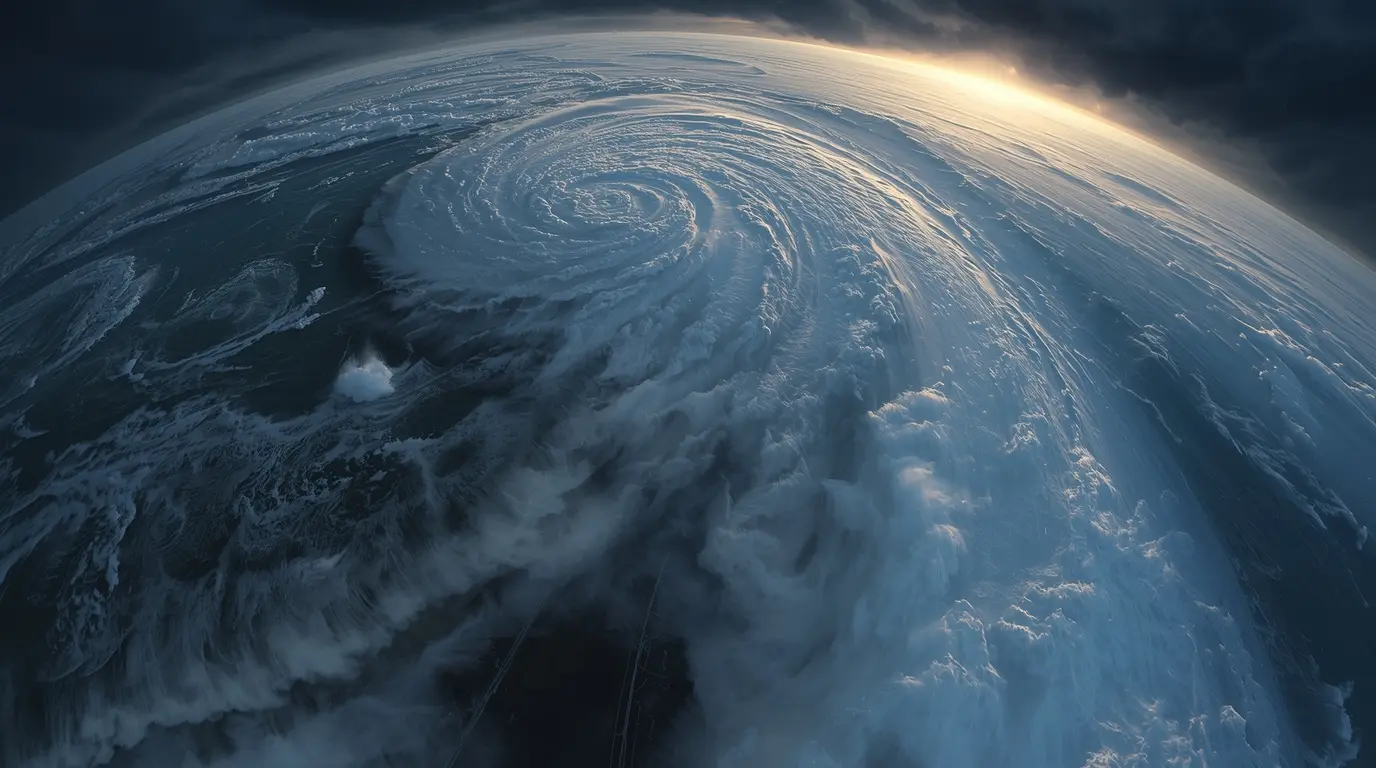A big solar storm is on track to light up the night sky this Labor Day weekend, giving folks in the much-southern U.S. a chance to see the dazzling northern lights. This storm is fueled by an unusual “cannibal” coronal mass ejection (CME), and it could push the auroras all the way down to parts of Illinois, Iowa, and Oregon.
What’s Happening on the Sun
The whole thing kicked off on August 30, 2023, when a big and twisty sunspot group, labeled AR 4199 (also called AR 4204), sent out a long-lasting M2.7-class solar flare 18. Solar flares shine out like sun fireworks, and they’re ranked by strength—M-class is one step below the strongest, X-class.
But the flare was only half the story. Right afterward, it blasted out a coronal mass ejection (CME)—a giant cloud of hot plasma and magnetic fields 3. This CME was a “full-halo” type, shot straight at Earth and shown on instruments like a glowing expanding circle.
The “Cannibal” Solar Storm Phenomenon
When scientists first glanced at the September 1 solar storm, reports initially labeled it a normal coronal mass ejection (CME). A deeper inspection, however, under the watchful eye of solar physicists like Dr. Tamitha Skov, discovered the surprise hidden within the data: two Earth-directed CMEs, launched within just a couple of hours. The second wave, moving faster, literally devoured the first, merging into an enlarged, powerful cloud. This fusion is programmed into space scientists’ terms as a “cannibal CME.”
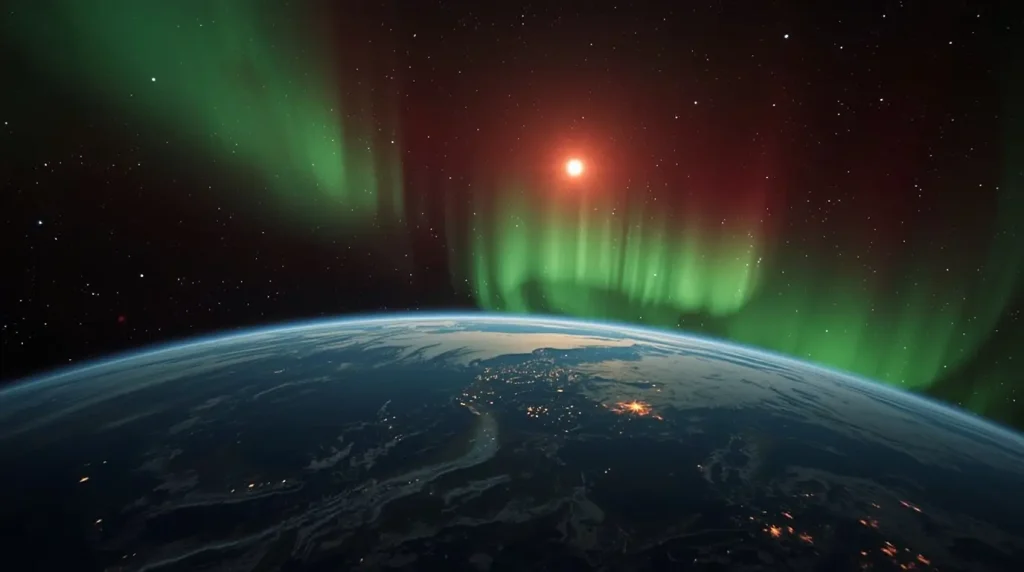
This magnetic feature, dubbed a “cannibal,” packs extra material and coils the plasma into a more twisted magnetic causing shape. Earth feels the storm as a more complex cloud reaches us. When it collides with our shielding magnetic bubble, the jumbled fields hook more strongly, causing the storm’s strength to balloon beyond that of a single CME. Physicists have learned to watch for CMEs with an appetite like this, because the resulting storm is always more energetic than predicted.
Timing and Expected Strength of the Geomagnetic Storm
Monitoring satellites have crafted a timeline. Initial forecasts state that the cannibal cloud is predicted to smack into Earth’s magnetic shell starting the evening of September 1 (UTC). The storm’s effects will linger for a full extra day, carrying into September 2. The first contact will likely register as G2, labeled Moderate by the storm watch centers, but that is only a starting stage. As the densest part of the cannibal wave sweeps pass, the storm sensors expect strength to surge to G3, meaning it will measure as a Strong storm on the scale used by forecasters.
The storm might reach G4 (Severe) level if the incoming solar winds hit the Earth with a strongly south-oriented magnetic field 24. Right now, scientists think the storm will peak between 2 a.m. and 5 a.m. Eastern Time on Tuesday, September 2.
Where to See the Aurora: 18 States Could Be in the Line of Sight
The solar storm’s most exciting effect is the electric green and red shimmer of the aurora. When geomagnetic storms like this one roll in, the auroral oval widens and slides south. This lets the northern lights spill into places they usually skip, with 18 states now in the sweet spot.
Latest forecasts from NOAA and the UK Met Office indicate that a sighting of the northern lights may be possible across a wide swath of the continental United States on the night of September 1-2, 2025. The 18 affected states are:
- Alaska
- Montana
- North Dakota
- Minnesota
- Wisconsin
- Michigan
- Maine
- South Dakota
- Vermont
- New Hampshire
- Idaho
- Washington
- Oregon
- New York
- Wyoming
- Iowa
- Nebraska
- Illinois
Table: U.S. States with Potential Aurora Visibility on Sept. 1-2, 2025
| Region | States |
|---|---|
| Northeast | Maine, Vermont, New Hampshire, New York |
| Midwest | Minnesota, Wisconsin, Michigan, Iowa, Illinois |
| Great Plains | North Dakota, South Dakota, Nebraska |
| West | Montana, Idaho, Wyoming, Washington, Oregon |
| Non-Continental | Alaska |
Beyond the Beauty: Understanding the Impacts of a Solar Storm
The aurora, while stunning, is just one effect of solar activity. A strong solar storm can disrupt everyday technology. Per NOAA, a G3 event may bring the following challenges:
- Power Systems: Utilities may need voltage adjustments, and protective devices may issue false alerts.
- Spacecraft Operations: Satellites might face surface charging, increased atmospheric drag, and orientation drift that ground teams need to correct.
- Navigation Systems: GPS and low-frequency radio navigation can show intermittent accuracy.
- Radio Communications: High-frequency (HF) radio may become sporadic, impacting maritime and aviation operations.
NOAA reports that this storm is expected to produce only “limited, minor effects”—the kind that most operators can usually manage easily. It’s important to note that the storm is not expected to reach the intensity of the historic G5 event recorded in May 2024.
Why 2025 is a Prime Year for Solar Storms
Increased solar activity isn’t a surprise. The Sun completes an approximately 11-year cycle, moving between periods of low activity and high activity. Currently, Solar Cycle 25 is moving toward its peak, known as solar maximum, which scientists expect to happen around July 2025. The Sun is gearing up, and during solar maximum, sunspots become more numerous. Sunspots act as the birthplaces of solar flares and coronal mass ejections (CMEs), the phenomena that can trigger more powerful solar storms. More activity means that impressive auroras will not be limited to far northern latitudes.
When the storms happen, they can be visible much further south in the continental U.S. This surge in activity will not be a one-off; the heightened period is likely to last for months, providing plenty of opportunities to catch the northern lights from autumn 2025 straight through to spring 2026.
Tips for Aurora Chasers
If you’re close to the viewing area, here are five practical steps to make the most of the solar storm effect and see the lights:
- Escape the City Glow
Urban lights make the auroras easier to miss. Drive a short distance away from street lamps and buildings to a spot as dark as possible. - Scout a Clear Northern Line
Look for a place with an open view of the northern sky. Huge trees, buildings, or mountains to the north can hide the show. - Practice Patience
Auroras usually happen in waves. Expect to be outdoors for a few hours and let your eyes get used to the dark. The show can start and stop, so stay alert. - Monitor the Sky
Clouds can block the show. Check local weather apps for predictions of clear skies in the north. Some apps even show aurora forecast maps. - Snap Away
Low-light sensors are your buddy. Even a simple smartphone can catch colors your eyes miss. Set the camera to a longer exposure time (around 10-30 seconds), steady the phone, and tap the shutter.
Solar storms transform invisible solar particles and magnetic fields into visible beauty. This is a chance for millions to see the auroras leap across the sky—sometimes right from their backyards.
Keep an eye on NOAA’s Space Weather Prediction Center for the most current news about this active solar storm.
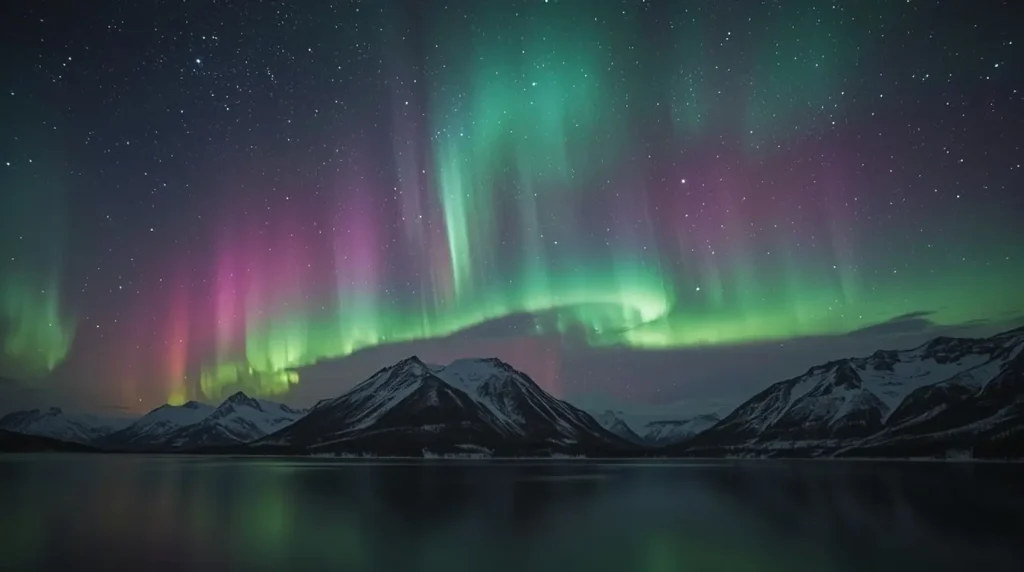
Source: https://edition.cnn.com/2025/09/01/science/northern-lights-forecast-us
For more incredible stories of everyday news, return to our homepage.

